Have you ever found a piece of clothing that fit you perfectly while rummaging through a thrift store? Those rare perfect finds can feel like you’ve struck gold, but that’s not what we’re talking about in this story. Nor are we talking about those even rarer times when you discover a crumpled $5, $10, or (if you’re really lucky) $100 note in the pocket of a jacket or pair of pants. No, the fortune you’re about to discover eclipses all these thrift store finds.
On a day like any other, when casually browsing through a thrift store, a man named Roger stumbled upon something that didn’t look quite right. Though it took many years and many odd twists and turns, his eye for the unusual eventually earned him an astonishing amount of money. Read on to learn from his successful thrift store adventure!
The Big Day

We meet Roger on the day of an auction. He’s nervously waiting in the sidelines as his mysterious thrift store find will be going on sale today. Though he has done a lot of research and is sure of its value, you never can tell with auctions. Maybe people will go crazy for it, or maybe no one will place a bid.
The item in question is a beautiful mossy green jacket. Roger had found it and kept it in perfect condition. Now, in desperate need of money, he decided it was time to sell. The question is: How much will he get for it?
Where It All Began
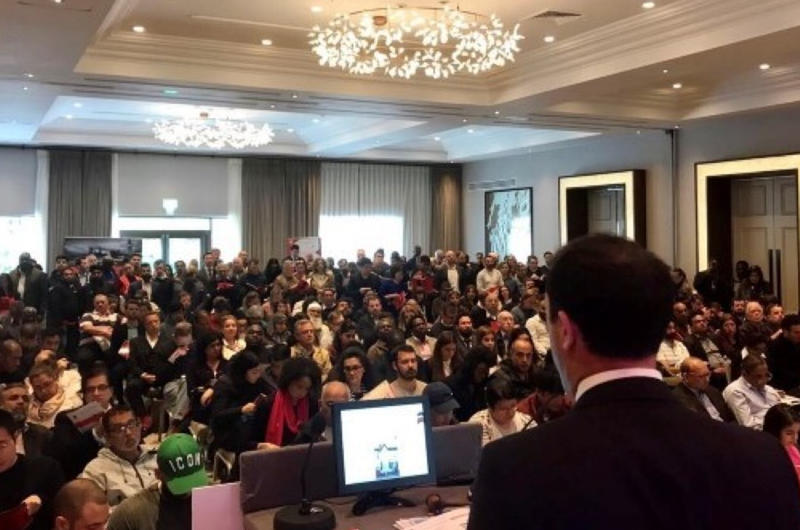
Of course, it wouldn’t be much fun if we just gave you the answer to that question. Instead, let’s see if you can figure it out for yourself. To give you the information you need to make an accurate guess, we’ll need to dive back into the history of Roger’s find.
Roger was an avid thrift store hunter who loved combing through the racks and shelves for bargains. He had a sharp eye for the unusual – those items that hint at far more value than their price tags suggest.
Spotting Something Strange

Having explored the shoes and chachkies without finding anything that took his fancy, Roger moved over to the men’s clothing section. He flicked meticulously through the racks, ignoring the dusty old leather and outdated corduroy jackets.
Roger turned his nose up at old denim numbers and hideous dress shirts with sweat stains under the sleeves until, finally, something caught his eye. A hint of green shone from the depths of the rack, and Roger knew instinctively he’d found something special.
That Patch
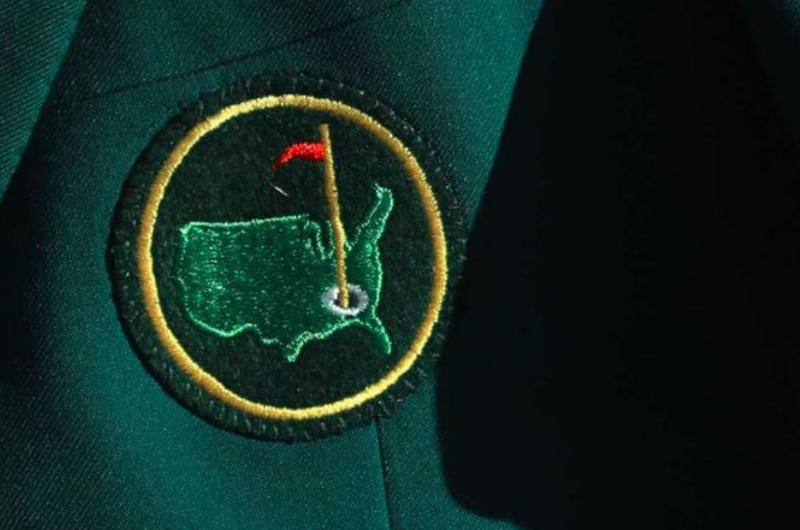
When he pulled the jacket from the rack, Roger’s excitement only grew. Over years of thrifting, he’d developed a sixth sense for high-value items, and that sense was now tingling like crazy.
Do you recognize that patch on the pocket of the jacket? If not, don’t worry – most people wouldn’t. But thanks to Roger, we can fill you in on what it means. You’ve probably deduced that it’s something to do with golf, but the truth is far loftier than that.
A Truly Unique Find
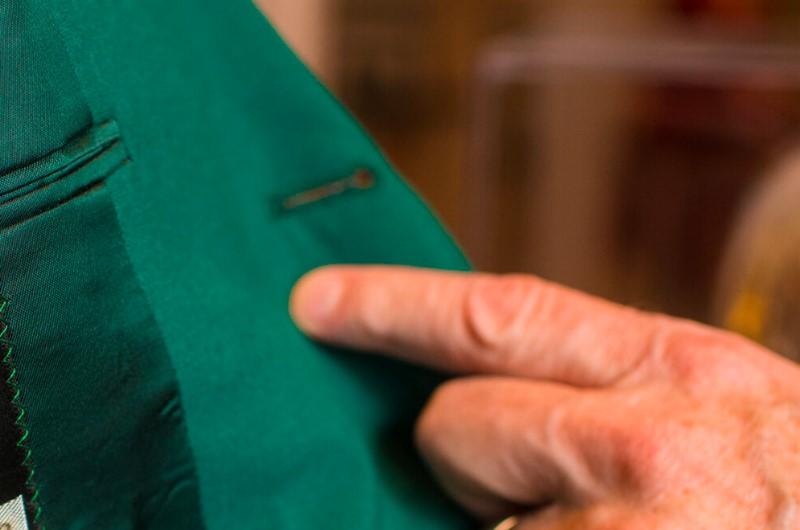
This was no ordinary golfing jacket. As Roger examined it with great care, he found more clues to its secret worth. Hands shaking, he fought to calm his nerves. The trick when bargain hunting is to never let on that you’ve found something of value.
Roger was determined to go home with the jacket that day – all he had to do was get through the checkout process without giving anything away. Though he’d been enjoying his thrifting adventure up until that point, he lost all interest in exploring the store further. He had a new mission – make the jacket his and then get it safely home.
Thrift Store Bargain
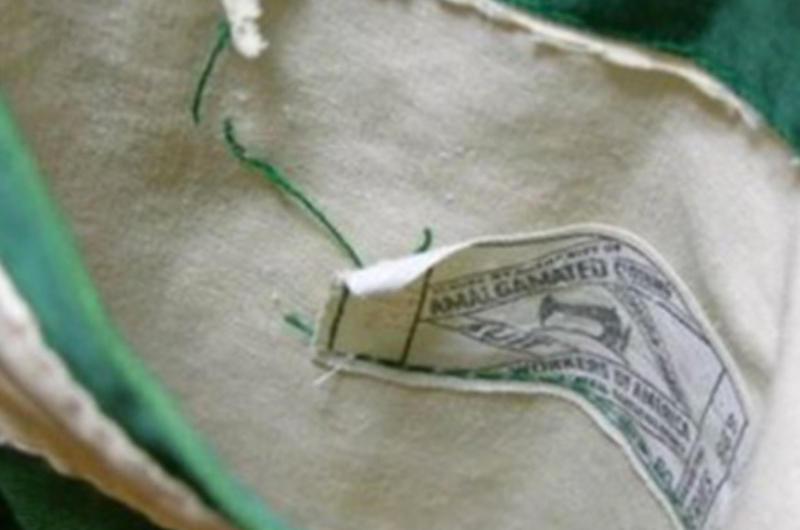
To anyone not in the know, the jacket looked nice enough but rather ordinary. There was no high-fashion label and nothing that would tell the untrained eye that it might be worth more than a few dollars. Still, Roger couldn’t believe his luck when he checked out. For this life-changing find, he paid the grand sum of $5.
For a moment, Roger doubted himself. Was this for real? Perhaps he’d missed something. He checked and rechecked the label and the other clues hidden within the jacket.
What’s Missing?
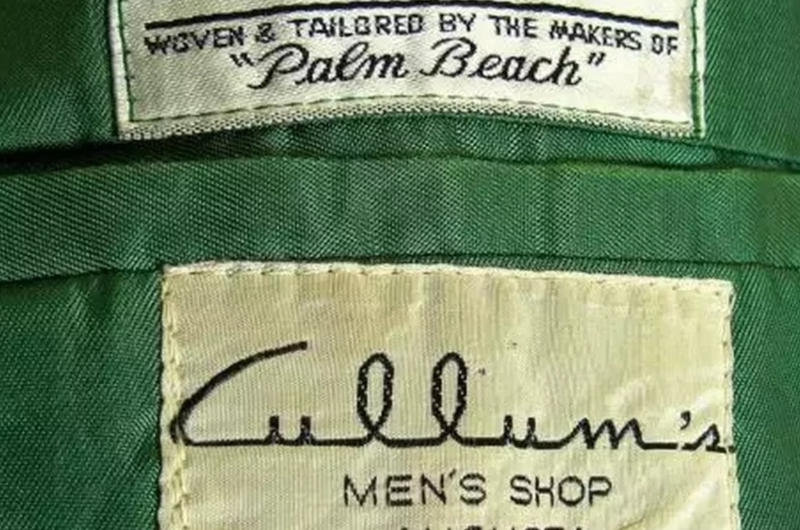
At this point, Roger began to doubt himself. Of course, he’d only dropped $5 on it, so it wasn’t the end of the world. However, he couldn’t help but feel disappointed. There should have been a second very specific indicator of the jacket’s true value, but he couldn’t find it.
If you want to find your own bargains in thrift stores, it helps to have a broad understanding of what’s collectible and what people value in the modern world. You also need to know what factors devalue an item so you can be sure to avoid duds.
Hidden Code
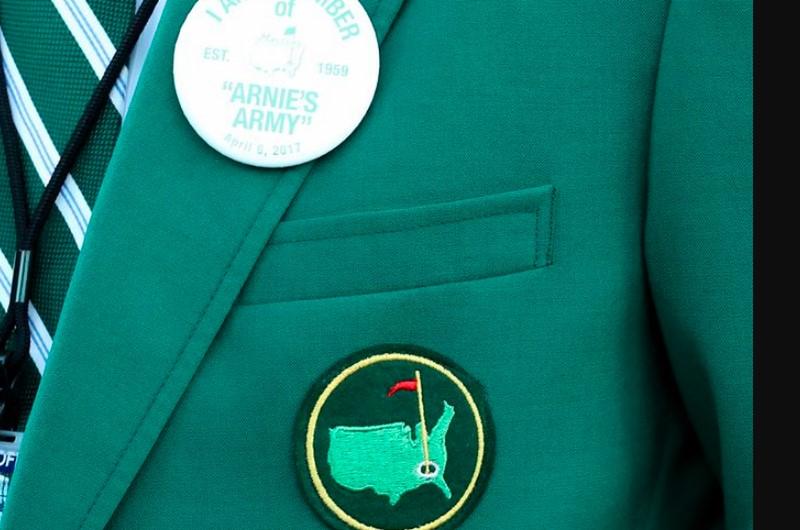
Think of these indicators as hidden codes waiting to deliver a fortune into your hands. Luckily for Roger, the hidden code he was looking for in the jacket was there – it was just worn down with age and harder to spot.
In the case of this mysterious green jacket, the “hidden code” was a tag. Roger had missed it at first because most of the text on it had worn away. Squinting, he was able to make out an A and a G. Those two letters were all he had to go on, but they were enough.
A Familiar Picture
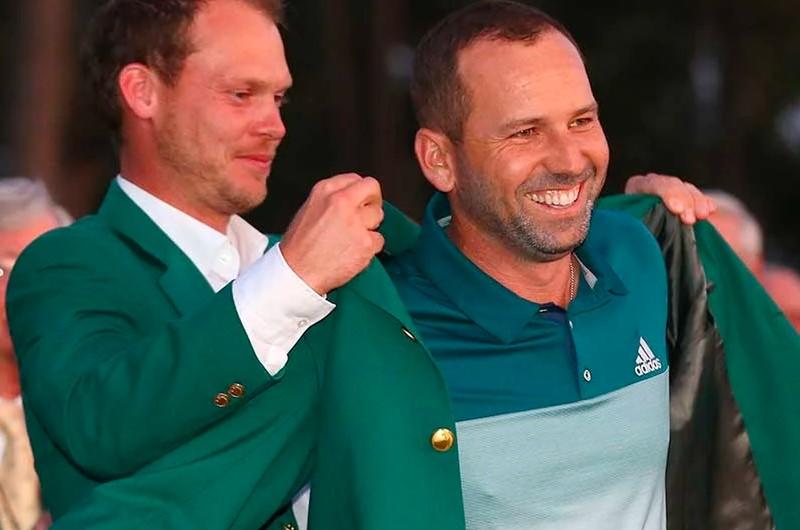
Roger had been certain from the moment he spotted it that this was a Masters Augusta National Golf Club jacket. Only those who’d won the Masters Golf Tournament were ever awarded such a jacket, making it exceptionally rare. Not only that but there were strict rules about taking it off club grounds.
Roger wondered whether its owner had obscured the label on purpose – perhaps they didn’t want anyone to know that they’d broken the rules. Aside from its rarity and the mystery surrounding its owner, there’s something else to learn about the jacket – something strange and, in many ways, cult-like.
A Violation of the Rules
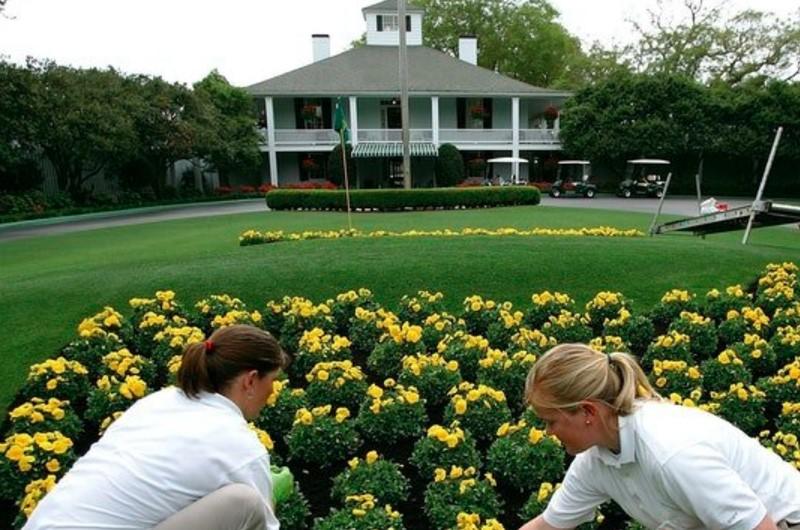
Before we get to the creepy rumors about the golf club, let’s clarify the rules around the jacket. Roger checked and confirmed that taking one of these special jackets off the grounds of the club is strictly forbidden. One exception is made for the hallowed Masters Jackets – they can be worn outside the club for one year after the tournament win.
One of many odd rules underlying the Augusta Golf Club is that taking a jacket home can get you instantly banned. Strange though that may sound to those of you who don’t belong to any secretive clubs, the truth is, things get much weirder at Augusta!
Potential Prison Time

You can’t apply to become an Augusta member – instead, you must be chosen. No one knows precisely how many members there are (or if they do, they’re keeping it a secret), and mobile phones are banned from the club. Tipping is not allowed, and there’s one transgression that can even land you prison time!
If you try to scalp tickets to a tournament and get caught, you could be prosecuted and sent to prison. As you can imagine, the club has been criticized over the years for its bizarre rules and bylaws.
The Quest for Information
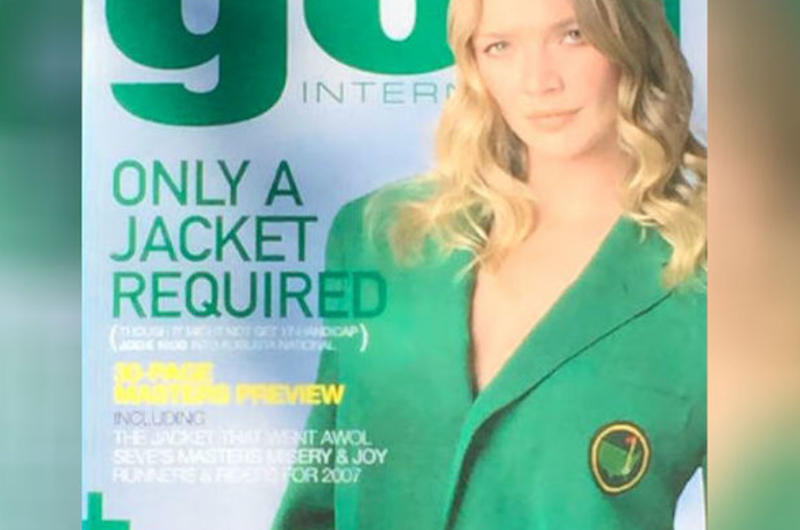
The clandestine nature of the club made his task more difficult, but Roger had no choice but to dig for answers. So, he began researching. His initial interest in the club had been more to do with its odd secrecy than its golf course anyway, so he quietly relished the challenge.
Roger’s first step was to contact a few specialist collector friends. They were all astonished at the find, and not one of them doubted it was real. Instead, they all begged to purchase it from him, but Roger turned them all down.
Ready to Sell

Of course, word soon got around that he had the jacket. Every month, without fail, at least one person would get in contact, begging him to sell the jacket. For a long time, Roger refused, but then financial woes struck, and he began to feel like he didn’t have a choice.
Life, as it often does, delivered a series of difficult circumstances, and soon, the sentimental attachment he had to the jacket began to feel silly and impractical. So, he agreed to put it up for auction.
Bidding Frenzy

News of the auction spread all over the world, and golfing enthusiasts arrived from as far away as the UK. One journalist even asked if he could hold it during the event as he was certain it was going to be his but was paranoid that something would happen to it.
Method
The level of desire for this unassuming green jacket was astonishing. Roger knew it would net him a decent return on his $5 investment, but he was still a little shocked to hear the auctioneer announce a starting bid of $5,000. If that was the start, where would this bidding war end?
An Unbelievable Selling Price

Remember that crazy journalist who wanted to snuggle the jacket during the auction? Well, it turns out he wasn’t quite as mad as we first imagined. He ended up winning the auction and claiming the jacket. Of course, to some of you, the price he paid will sound ludicrous.
Now that you’ve heard the jacket’s backstory, how much do you think it was worth? While value is a nebulous concept, we can tell you that it sold for $139,349.
The Price of Exclusivity
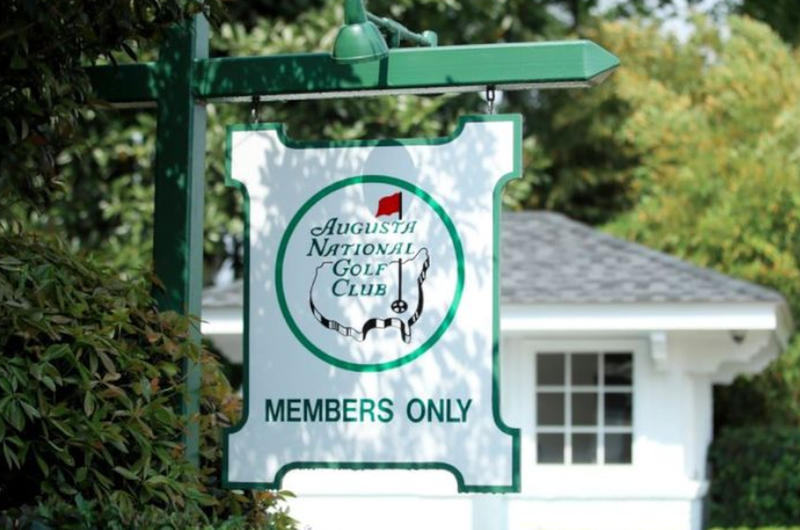
If your guess was far lower than that, perhaps a deeper explanation is in order. Thankfully, this explanation will take us deep into the strange happenings at the Augusta National Golf Club, so you’re in for a delightfully peculiar ride.
Augusta is one of the most exclusive clubs in the world, and its creepily perfect course is a golfer’s paradise. Founded by two chaps by the name of Bobby Jones and Clifford Roberts, it has been operational since 1932. By 1949, it had developed its prestigious status.
Fashion Rules

Augusta is a for-profit business. This means that, unlike many other clubs, which are non-profits, it doesn’t have to release any of its operational information. Non-profit clubs have a legal obligation to be transparent, but Augusta does not.
Since transparency isn’t an issue, Augusta is free to get as strict and strange with its rules as it pleases. We’ll get to the oddness surrounding its picture-perfect golf course shortly, but first, let’s dig into the rules surrounding its jackets.
Membership Rules
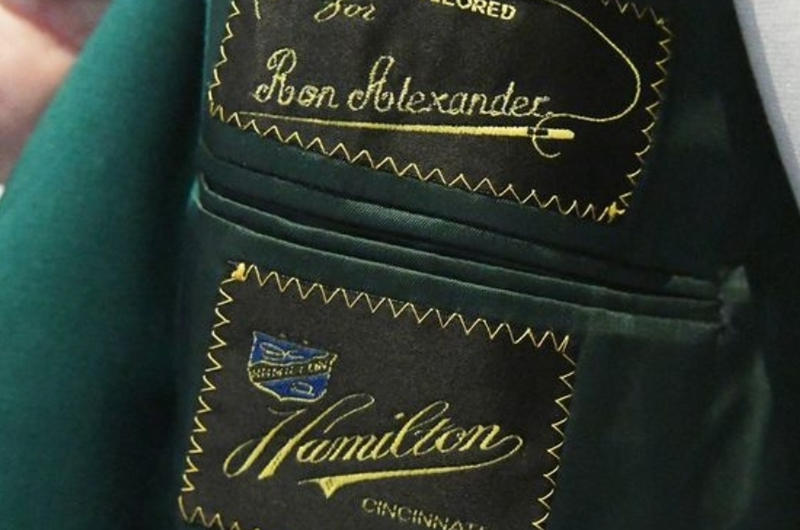
If you win a Masters tournament at Augusta, you are free to wear your bright green jacket wherever you want for a year. You’ll also have your name stitched carefully onto a black label hidden inside the jacket.
As you can probably imagine, wearing one of these iconic green jackets will earn you a lot of clout in golfing circles. However, you must return your jacket to club grounds after your year is up. If you think that’s needlessly extreme, wait until you hear about the membership fees.
High Rollers

You can expect to pay anywhere from $10,000 to $30,000 just to join the Augusta National Golf Club. In addition to giving you access to the hallowed golfing grounds, this will also earn you a club blazer (different from the green tournament jackets).
You’ll also have to renew your membership yearly, paying another $10,000 or more. And your basic club blazers can never be taken from the grounds. Nowadays, you can bring guests with you, but there are rules here too.
A New Way of Doing Things

In the not too distant past, women weren’t allowed to play. In fact, the club was exclusively for white men. If you thought that was prejudiced, this next fact might get your blood boiling – caddies had to be black.
This exclusive white men’s club finally bowed to public pressure in 2012, allowing women to play in a tournament. We imagine current members probably cringe awkwardly if anyone brings up the old racist caddy policy.
Club Secrets
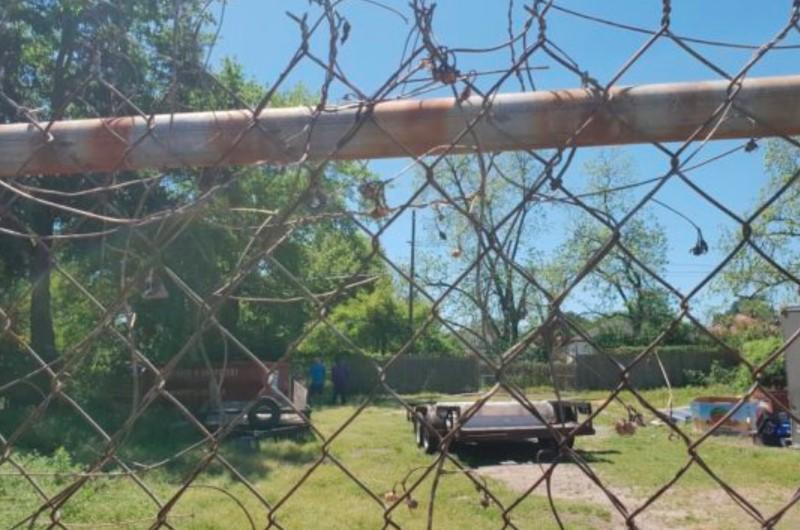
Those outdated rules around race and gender aren’t even the creepiest aspects of the club. If you’ve ever encountered a predator in the woods, you may have noticed that everything gets incredibly still. Birdsong and animal noises seem to cease as chills run up your spine. You’ll get a similar sense of eeriness if you ever step foot on the Augusta golf course.
Of course, there are no apex predators hunting out there. However, that doesn’t make the complete lack of animal life any less unsettling.
The Mystery of the Pristine Golf Course

You won’t see so much as a squirrel scurrying up a tree, and even birds seem to avoid the golf course. This is one of the first things many guests to the club notice. Members sometimes speak about it in whispers, and even those who watch footage of the Augusta National sometimes notice.
You will often hear bird calls in the background when you watch the footage, but you never see any birds. Combine this with visitor reports that there are never any animals on site, and rumors have emerged that these sounds have been added artificially, so viewers don’t suspect anything.
No Animals

The lack of animals is so noticeable and so unsettling that The Washington Post even ran an article about it. In his piece, journalist Thomas Boswell noted that “there are no birds, squirrels, insects, or any other living creature indigenous to planet earth at the Masters.”
Journalist senses tingling, Boswell set off to investigate with another reporter – Dave Sheinin of The Post. The two journalists “made a multi-day quest for a single bird sighting. So far, none.” Boswell concluded that “those bird calls that you sometimes hear on the Masters broadcast? The source remains undiscovered.” Creepy? Sure, but so are the lakes.
Fake Lakes

Watch footage of events played at Augusta, and you’ll see pristine, immaculate lakes that sparkle for the camera. In 1996, a Golf Digest representative got curious about these oddly perfect lakes. He tested the water and found that it contained a large amount of blue food dye.
Rumor has it that there are creatures in the lake, including bream and bass. However, club members, guests, and staff are strictly forbidden from fishing in them.
Stubborn Homeowners

Our last odd fact about this club is kind of adorable, perhaps because it is reminiscent of the Disney/Pixar movie Up. If you take a look at the Google Earth images of the Augusta National, you’ll spot a house that appears to be in the grounds of the club.
That is, indeed, a house, and its owners refuse to sell. The club has offered them millions for their property, but they will not budge. Instead, they’re guarding the empty remnants of what was once a thriving neighborhood. The club spent $40 million buying and bulldozing the rest of the houses, but they can do no more since they can’t get their hands on the last house.
A Happy Ending for Roger
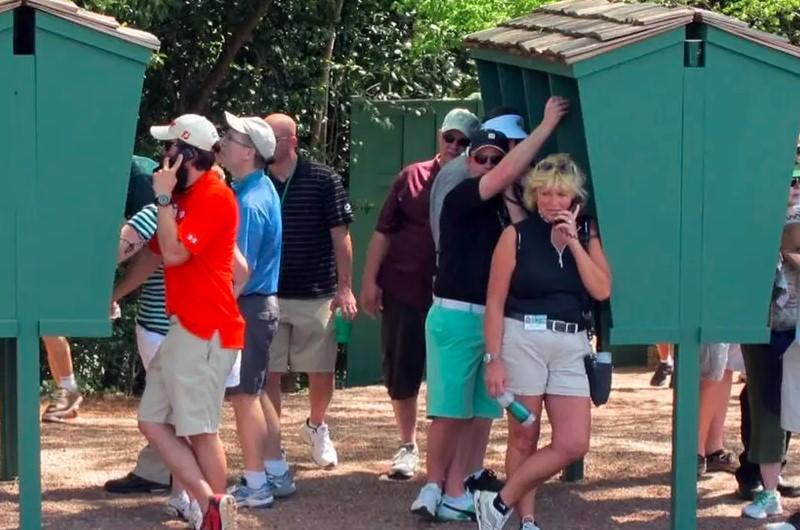
Think what you will of the strange and secretive August Golf Club, but it was pivotal in getting Roger a major windfall when he needed it. Roger turned a $5 thrift store bargain into a $139,349 nest egg, and he later found out that the jacket he sold had been made sometime during the 1950s.
While we’ve uncovered a great deal of its backstory, we’re still left wondering how such an exclusive, rule-laden jacket traveled all the way to Canada and ended up in a thrift store. Perhaps we’ll never know, but we’re glad Roger stumbled upon it.
Limited Edition Picasso Print Found in Thrift Store

In the early months of 2012, Zach Bodish, a devoted thrifter with a keen eye for hidden treasures, went on one his customary perusals of the Volunteers of America store in his hometown of Clintonville, Ohio. Little did he know that this routine visit would lead to an unbelievable discovery.
Amidst the array of items, Bodish stumbled upon a framed poster from a 1958 Picasso exhibition, adorned with the intriguing notation “6/100” in the lower left corner, hinting at its status as a numbered edition. The back of the frame bore a few lines in French, which Bodish didn’t understand, yet the presence of the word “originale” sparked optimism.
Thrift Store Shopper Buys Picasso Linocut for $14.14
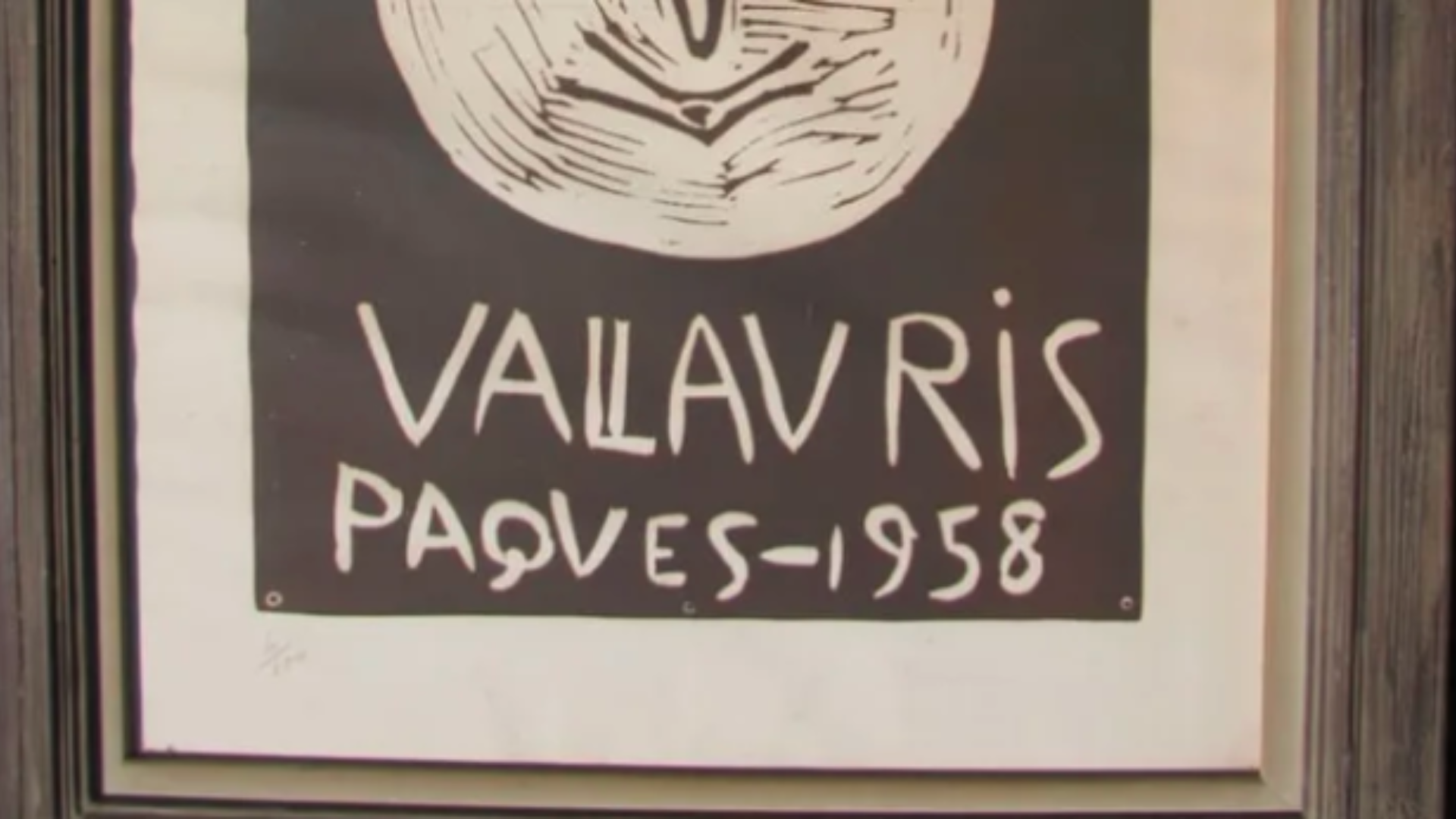
Bodish purchased the poster and its frame for the small sum of $14.14. He decided to start Googling when he got home.
In his online research, he soon stumbled onto the significance of his find – it was a linocut poster crafted by Picasso for a 1958 ceramics exhibition in Vallauris, France.
Picasso Linocut Turns Out to be a Limited Artist’s Proof

What elevated the poster’s value was the realization that it was indeed part of a limited edition run of 100 prints.
The cryptic French inscription on the back translated to “original print, signed proof,” signifying an artist’s proof. This is an initial batch of prints approved by the artist before reproducing the rest of the series.
Linocut is Authenticated and Sold for $7,000

A faded red scribble in the corner was later confirmed as Picasso’s signature. Overwhelmed with astonishment, Bodish says that you “could have knocked [him] over with a feather.”
Initially estimating its worth at $3000 to $4000, Bodish, after authentication, successfully sold the rare find for $7000 in a private transaction.
Picasso Linocut had Been Donated, Thought to be Reproduction

The saga gained public attention when The Columbus Dispatch featured an article on Bodish’s remarkable thrift shop find.
Responding to the spotlight, Ed Zettler, a retired English teacher from Columbus, surfaced, claiming to be the original donor of the print. Zettler stated that he donated the piece, which he had believed to be a mere reproduction, as part of clearing out his home.
